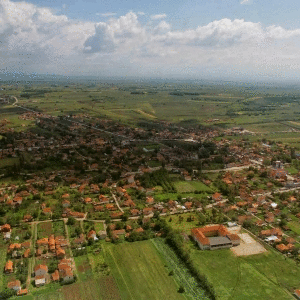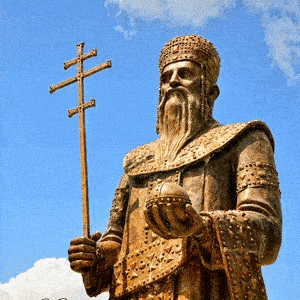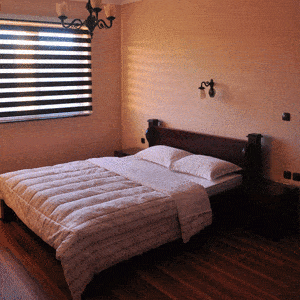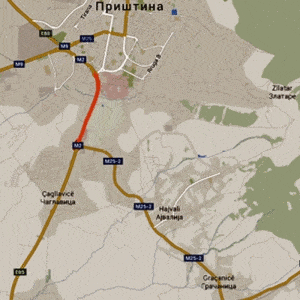About Gracanica
Gegraphic location
The Municipality of Gracanica is located on central part of Kosovo, on the eastern edge of the Kosovo valley at the foot of Veletin and Stazevac. It borders with the Municipality of Pristina on north, with the Municipality of Lipljan on south and on west with Municipality of Kosovo Polje.
The territory of Municipality of Gracanica spreads over 130 square kilometers.
The municipality of Gracanica has jurisdiction over the following settlements: Badovac, Batuse, Caglavica, Dobrotin, Gracanica, Donja Gusterica, Gornja Gusterica, Kisnica, Laplje Selo, Lepina, Livadje, Preoce, Skulanevo, Susica, Suvi Do, Radevo and Ugljare.
The Municipality represents the rural multiethnic community of 25.000 people, from which 85.7% are Serbs, 3.7% Albanians and 10.6% of Roma, Ashkalija and Egyptians.
Androvacka and Mramor rivers formed an artificial Lake Gracanica with the dam raised in 1966. Under the dam of Gracanica Lake originates Gracanka River which flows into the Sitnica River.
History
Gracanica has been built on the eastern side of old Roman city Ulpiana (Municipum Ulpiana Splendissima) which reached its peak of development between III and IV century.
After the devastating earthquake in 518, the city was reconstructed by tsar Justinian after whom it was named Justiniana Second (Iustiniana Secunda). The city was the main trading center since Romans came, but probably even before since, because of tens of mines are located nearby. It is unclear why this city was forgotten and its remaining was covered by soil.
800 years later, in 1303, in the letters of Pope Benedict IX, the name of “Grazanica” was mentioned for the first time. On the foundation of Byzantium basilica from VI century, king Milutin started building the Gracanica Monastery whose construction took place from 1310 to 1321, which is the last of his 42 endowments and it is dedicated to the Assumption of Virgin Mary. The monastery was repeatedly devastated by Turks.
In 1539 one of the first printing office in the region was created in the monastery. After the Second World War the monastery was reconstructed and again becomes religious and cultural center.




